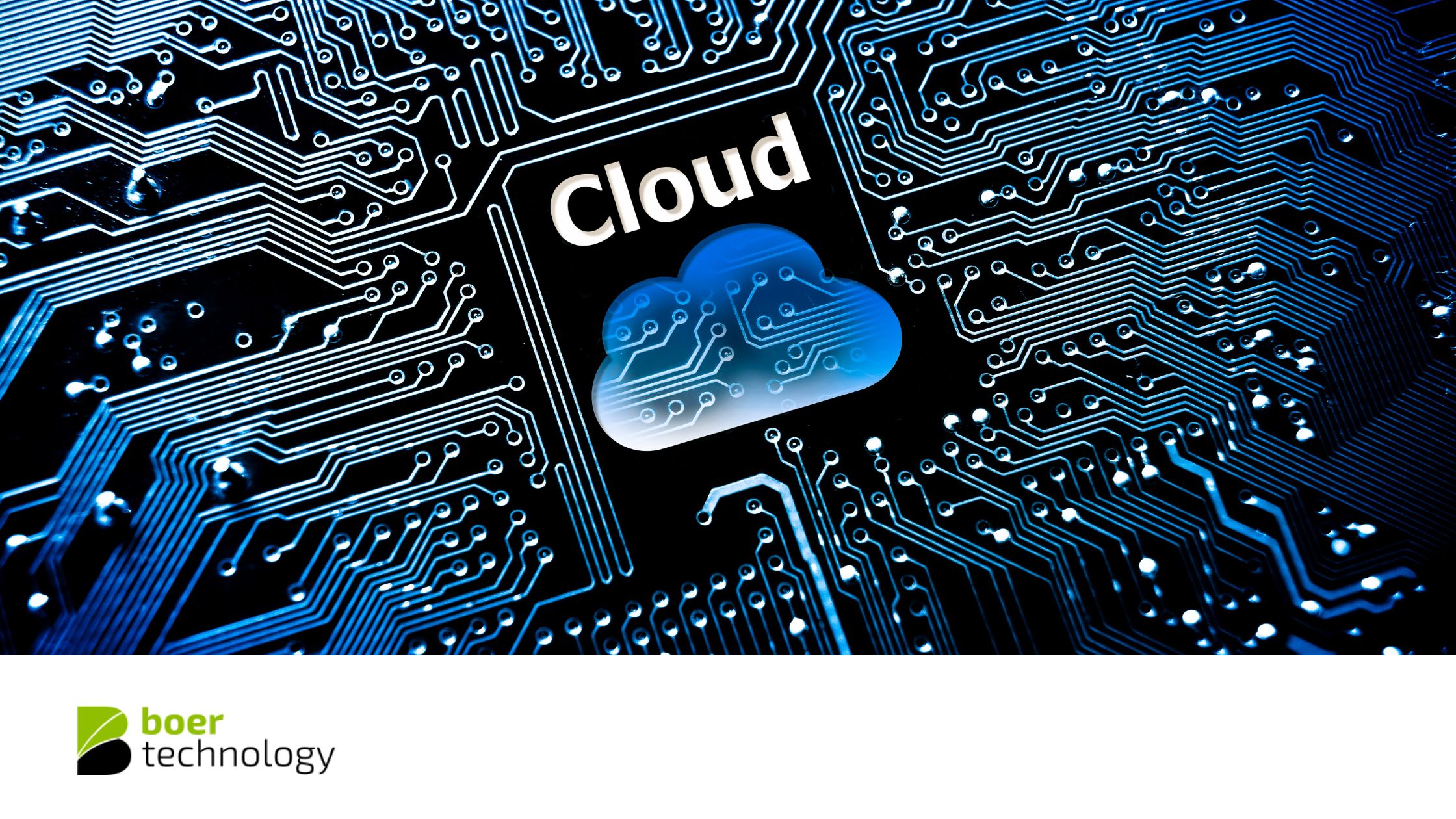Understanding Identity and Access Management in the Public Cloud
Introduction
Identity and Access Management (IAM) is a framework of policies and technologies that ensure the right individuals access the right resources at the right times for the right reasons. In the context of the public cloud, IAM becomes crucial due to the distributed nature of resources and the need to manage access securely and efficiently. This article explores the significance of IAM in the public cloud, its key components, benefits, and best practices for implementation.
The Significance of IAM in the Public Cloud
The shift to public cloud environments offers significant advantages such as scalability, flexibility, and cost-efficiency. However, it also introduces complexities in managing user identities and permissions across a distributed infrastructure. IAM addresses these challenges by providing a centralized approach to control access, thereby enhancing security, compliance, and operational efficiency.
Key Components of IAM in the Public Cloud
-
Identity Management:
- User Authentication: Ensures that users are who they claim to be. This is typically achieved through methods such as passwords, multi-factor authentication (MFA), and biometric verification.
- Single Sign-On (SSO): Allows users to authenticate once and gain access to multiple applications and resources, enhancing user experience and reducing password fatigue.
- Federated Identity Management: Enables users to access resources across different domains using a single set of credentials. This is particularly useful in multi-cloud or hybrid cloud environments.
-
Access Management:
- Role-Based Access Control (RBAC): Assigns permissions to users based on their roles within the organization. This simplifies access management and ensures that users only have the permissions necessary for their roles.
- Attribute-Based Access Control (ABAC): Provides more granular control by evaluating user attributes (e.g., department, location) and environmental conditions (e.g., time of day) to make access decisions.
- Policy-Based Access Control (PBAC): Utilizes policies to define access permissions, allowing for dynamic and flexible access control.
-
Governance and Compliance:
- Auditing and Reporting: Tracks user activities and access events to ensure compliance with regulatory requirements and internal policies. This also helps in identifying and mitigating security risks.
- Identity Lifecycle Management: Manages the creation, modification, and deletion of user identities throughout their lifecycle. This includes onboarding new employees, managing role changes, and deprovisioning access when employees leave the organization.
Benefits of IAM in the Public Cloud
-
Enhanced Security:
- IAM reduces the risk of unauthorized access by enforcing strong authentication methods and fine-grained access controls. This is critical in protecting sensitive data and resources from cyber threats.
-
Improved Compliance:
- By maintaining detailed logs of access events and enforcing access policies, IAM helps organizations meet regulatory requirements such as GDPR, HIPAA, and SOX.
-
Operational Efficiency:
- Automating identity and access management processes reduces administrative overhead and minimizes human errors. This allows IT teams to focus on more strategic initiatives.
-
Scalability:
- IAM solutions are designed to scale with the organization, accommodating the growing number of users, applications, and resources in a dynamic cloud environment.
-
User Experience:
- Features like SSO and self-service password reset enhance the user experience by simplifying access and reducing downtime associated with password issues.
Best Practices for Implementing IAM in the Public Cloud
-
Adopt a Zero Trust Model:
- Implement the principle of least privilege, ensuring that users have the minimum access necessary to perform their duties. Continuously monitor and verify user identities and access requests.
-
Leverage Multi-Factor Authentication (MFA):
- Enforce MFA for all users, especially for privileged accounts, to add an extra layer of security.
-
Use Automated Provisioning and Deprovisioning:
- Automate the process of granting and revoking access based on user roles and lifecycle events to reduce the risk of orphaned accounts and excessive permissions.
-
Regularly Review and Update Access Policies:
- Conduct periodic reviews of access policies and permissions to ensure they align with current business needs and compliance requirements.
-
Implement Comprehensive Logging and Monitoring:
- Enable detailed logging of access events and use monitoring tools to detect and respond to suspicious activities in real-time.
-
Educate and Train Users:
- Provide regular training and awareness programs to educate users about security best practices and the importance of protecting their credentials.
Conclusion
IAM is a fundamental aspect of managing security and compliance in the public cloud. By implementing a robust IAM framework, organizations can protect their resources, ensure regulatory compliance, and improve operational efficiency. Adopting best practices such as the zero trust model, multi-factor authentication, and automated provisioning helps organizations effectively manage identities and access in the dynamic and complex environment of the public cloud.
Read Also: HOW TO RUN AND PROTECT MANUAL JOBS ON GITLAB CI/CD PIPELINES
Read Also: WHAT IS INFRASTRUCTURE AS CODE (IAC)?

